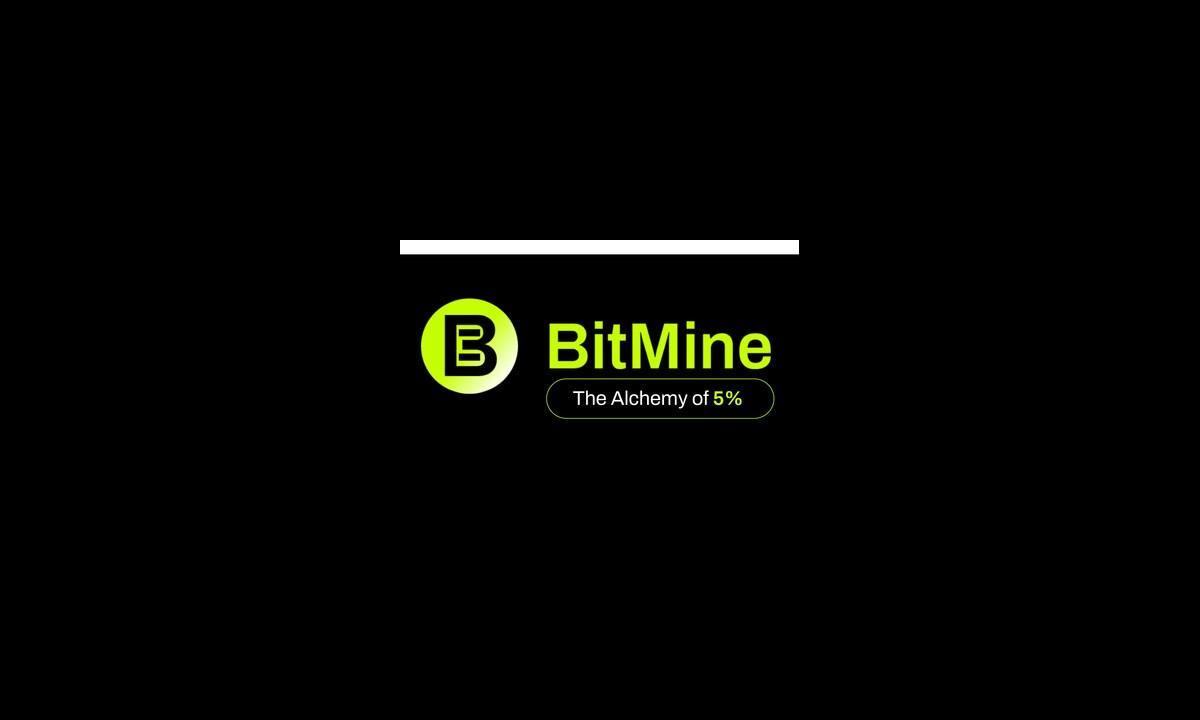Blockchain technology has revolutionized various industries by providing decentralized and secure platforms for transactions. However, in many cases, intermediaries or middlemen still play a significant role in facilitating transactions and providing additional services to users. In this article, we will explore the role of intermediaries in the blockchain ecosystem.
An intermediary, also known as a middleman, is a third-party entity that acts as a bridge between two or more parties involved in a transaction. In the context of blockchain, intermediaries can take various forms, such as crypto exchanges, investment banks, financial advisors, credit unions, mutual funds, and investment trusts. These intermediaries offer several advantages to consumers, including increased liquidity and enhanced security.
One of the key benefits of utilizing an intermediary is the potential for reduced costs. While it’s important to note that many platforms may add a margin to generate profits, intermediaries can still achieve economies of scale, resulting in lower transaction fees for users. For example, crypto exchanges provide a convenient platform for buying and selling cryptocurrencies. By aggregating the trading activities of various users, exchanges can optimize their operations and offer competitive fees.
Moreover, intermediaries often make it easier for users to sell cryptocurrencies quickly without experiencing price slippage. Price slippage occurs when the execution price of a transaction differs from the expected price. On decentralized platforms, where liquidity may be lower, selling a large amount of cryptocurrencies can lead to a substantial drop in the asset’s price. Intermediaries mitigate this risk by providing access to a larger pool of buyers, allowing users to sell their cryptocurrencies more efficiently.
However, relying solely on intermediaries also comes with certain drawbacks. For instance, users may need to store their digital assets in a wallet provided by the platform, which exposes them to the risk of losing funds in the event of a cyberattack. Centralized exchanges, in particular, have been targets of hackers due to the large amounts of cryptocurrencies stored in their wallets. Alternatively, decentralized exchanges and peer-to-peer platforms offer greater anonymity and lower fees, as they don’t require users to trust a centralized entity with their funds.
Another concern is the occurrence of outages. Centralized exchanges have faced criticism for abruptly suspending withdrawals or going offline during times of high volatility or police investigations. These incidents have left investors unable to access their funds or execute trades, highlighting the reliance on intermediaries and the potential risks associated with such dependency.
As a newbie to the blockchain ecosystem, it is crucial to conduct thorough research before engaging with an intermediary. Choosing platforms with strong user reviews and a reputable track record built over years of experience is essential. Unfortunately, some less reputable companies may manipulate their trading volumes to appear larger and more trustworthy than they actually are. By exploring user feedback and seeking advice from trusted sources, users can minimize the risks associated with intermediaries.
In conclusion, while blockchain technology aims to eliminate the need for intermediaries, they still play a vital role in facilitating transactions and providing additional services. Intermediaries offer benefits such as increased liquidity, reduced costs, and convenience, but they also come with risks, including the potential for cyberattacks, outages, and compromised privacy. Newbie blockchain enthusiasts should carefully consider these factors and choose intermediaries wisely based on their specific needs and preferences.














